OEC promoting Tech in Africa.
Space startup, Aevum, just unveiled the product of years of work—a sleek, autonomous, rocket-launching aircraft called Ravn X.
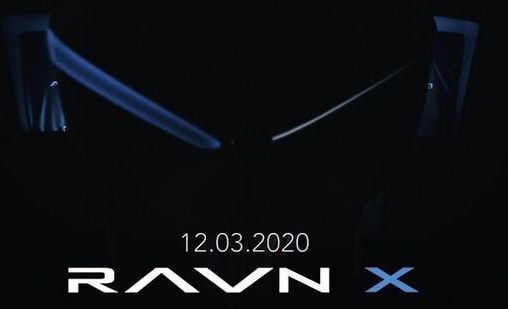
OEC promoting Tech in Africa.
Space startup, Aevum, just unveiled the product of years of work—a sleek, autonomous, rocket-launching aircraft called Ravn X.

It seems new versions are coming out at the same rate as smart phones…🤣
Featured Image Source: @ErcXspace via Twitter SpaceX is deploying Starlink satellites to low Earth orbit on a monthly basis. The company says Starlink will become ‘the world’s most advanced broadband internet system’ capable of providing service to countries globally. To date, SpaceX’s fleet of flight-proven Falcon 9 rockets have deployed approximately 1025 Starlink satellites over the course of eighteen missions. The satellites transmit their signal from four phased array radio antennas. This flat type of antenna can transmit in multiple directions and frequencies without moving. Starlink will beam data over Earth’s surface at the speed of light, bypassing the limitations of of our current internet infrastructure.
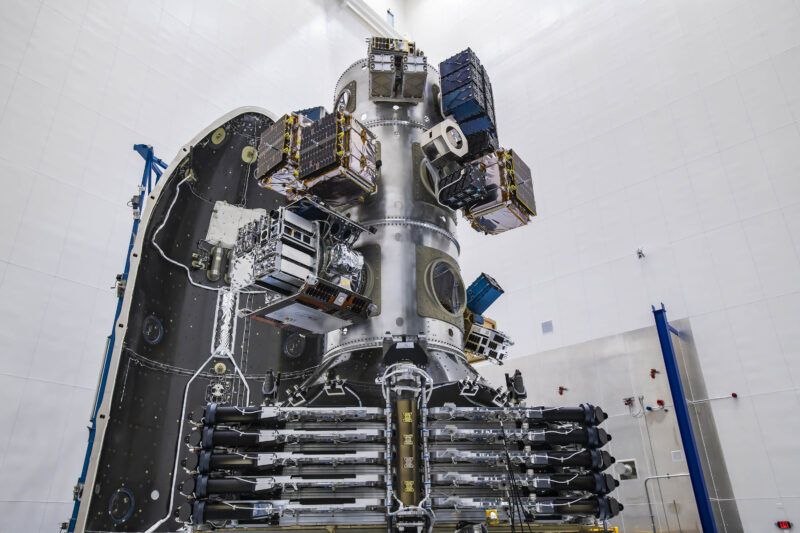
The latest Starlink satellites launched on Jan. 24 are equipped with laser links, and all Starlink satellites launched next year will be equipped with laser inter-satellite links, Elon Musk, SpaceX chief engineer confirmed on Twitter.
“All sats launched next year will have laser links. Only our polar sats have lasers this year and are v [version] 0.9,” Musk tweeted on Monday.
A Twitter user noticed a difference in a photo of the stack of 10 Starlink satellites deployed on Sunday’s Transporter-1 rideshare mission, and asked Musk if an object that looked like a black pipe was lasers, which he confirmed.
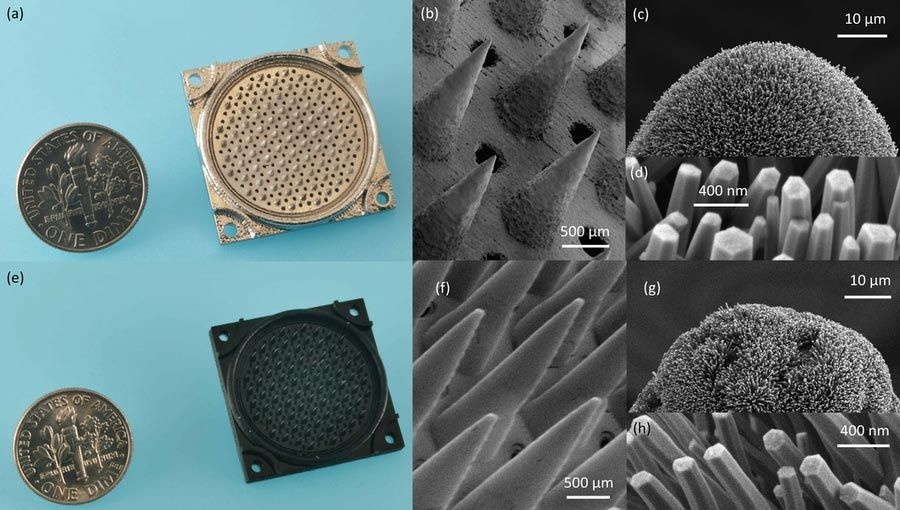
Study is first demonstration of a fully 3D-printed thruster using pure ion emission for propulsion.
A 3D-printed thruster that emits a stream of pure ions could be a low-cost, extremely efficient propulsion source for miniature satellites.
The nanosatellite thruster created by MIT researchers is the first of its kind to be entirely additively manufactured, using a combination of 3D printing and hydrothermal growth of zinc oxide nanowires. It is also the first thruster of this type to produce pure ions from the ionic liquids used to generate propulsion.
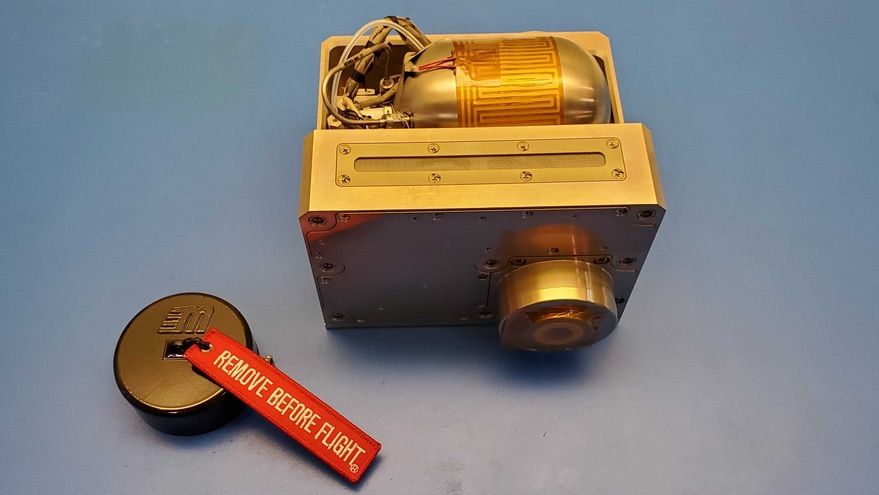
WASHINGTON — Electric propulsion company Phase Four flew its first plasma thrusters on two spacecraft that were part of a SpaceX dedicated rideshare launch Jan. 24.
Phase Four said its Maxwell plasma propulsion systems were on two of the 143 spacecraft launched on the Transporter-1 mission. The company declined to name the satellites at the request of its customer, which is flying an operational mission but is also testing other new designs on those spacecraft.
The thrusters on those two satellites are the first developed by Phase Four, founded in 2015, to fly in space. In an interview, Beau Jarvis, chief executive of the company, said the company eschewed an approach of quickly building and flying a technology demonstration and then raising money to build a commercial model.

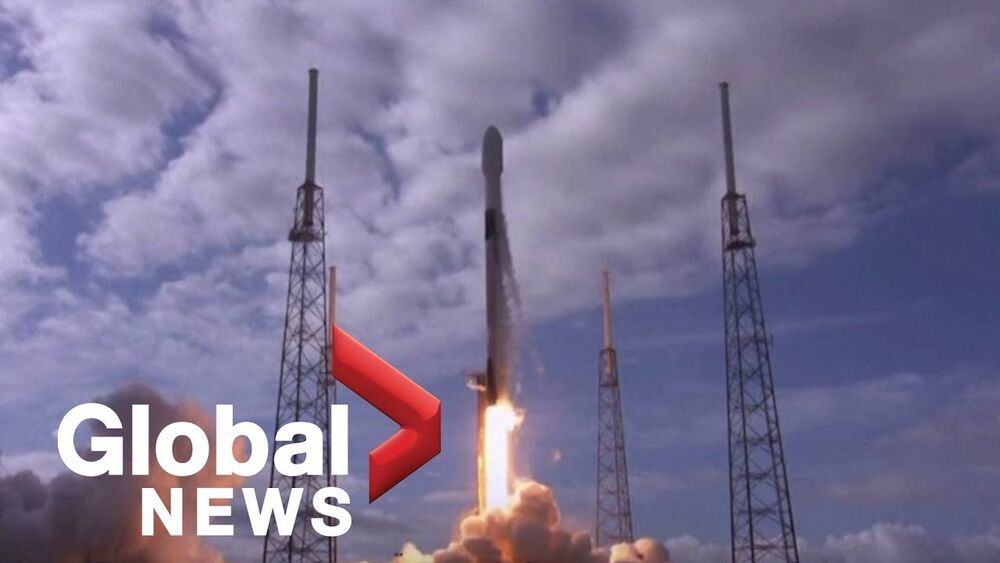
The SpaceX Falcon 9 rocket successfully completed a mission to deploy 143 spacecraft and satellites into orbit on Sunday, after which the rocket returned safely to a sea-based landing pad.
The two-stage Falcon 9 rocket took flight on its ‘Transporter-1′ mission after weather considerations caused the planned launch on Saturday to be scrapped.
Falcon 9 carried 133 commercial and government spacecraft, and 10 ‘Starlink’ satellites — the most spacecraft ever deployed on a single mission, according to SpaceX.
Sunday’s mission was the fifth successful launch and landing for Falcon 9, the company said.
For more info, please go to http://www.globalnews.ca.
Like Global News on Facebook HERE: http://bit.ly/255GMJQ
Follow Global News on Twitter HERE: http://bit.ly/1Toz8mt.
Follow Global News on Instagram HERE: https://bit.ly/2QZaZIB
#GlobalNews
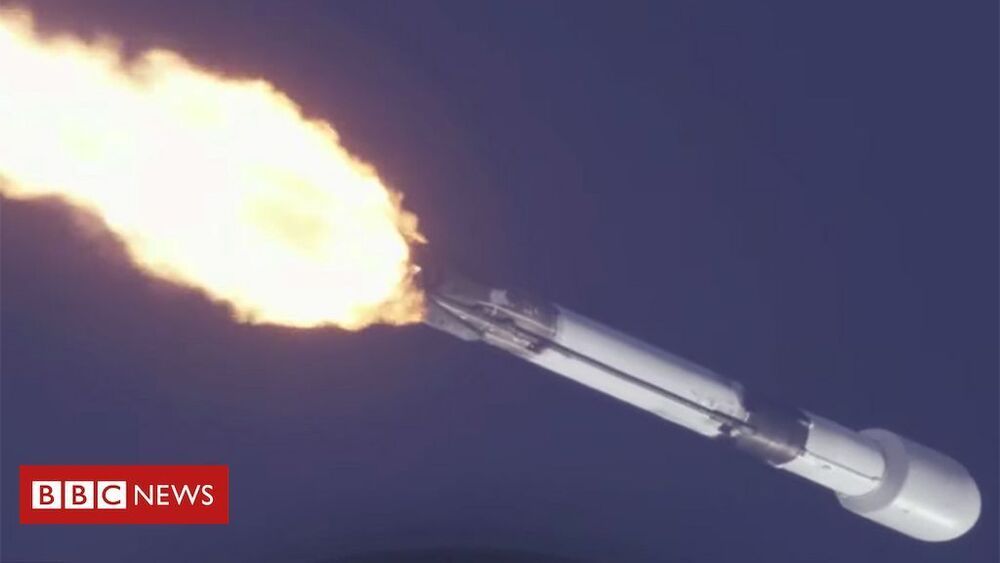
A new world record has been set for the number of satellites sent to space on a single rocket. The 143 payloads, of all shapes and sizes, rode to orbit on a SpaceX Falcon rocket that launched out of Florida.
Entrepreneur Elon Musk’s SpaceX company delivers 143 satellites to orbit on a single rocket flight.
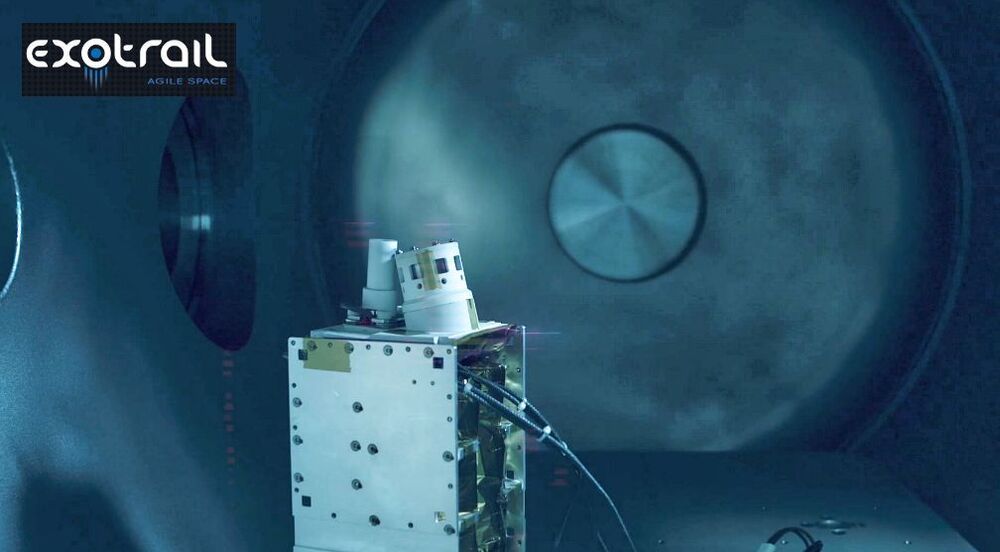
Student-led teams aren’t the only ones testing out novel electric propulsion techniques recently. Back in November, a company called Exotrail successfully tested a completely new kind of electric propulsion system in space – a small hall-effect thruster.
Hall effect thrusters themselves have been around for awhile. However, they have been limited in their practicality, primarily because of their size. Normally they are about the size of a refrigerator and require kilowatts of power, making them impractical for any small satellites.
That’s where Exotrail’s novel system shines. It is about the size of a 2 liter bottle of soda (or pop if you’re from that part of the world), and only requires around 50 watts of power. This makes the propulsion system ideal for satellites ranging from 10 to 250 kg.
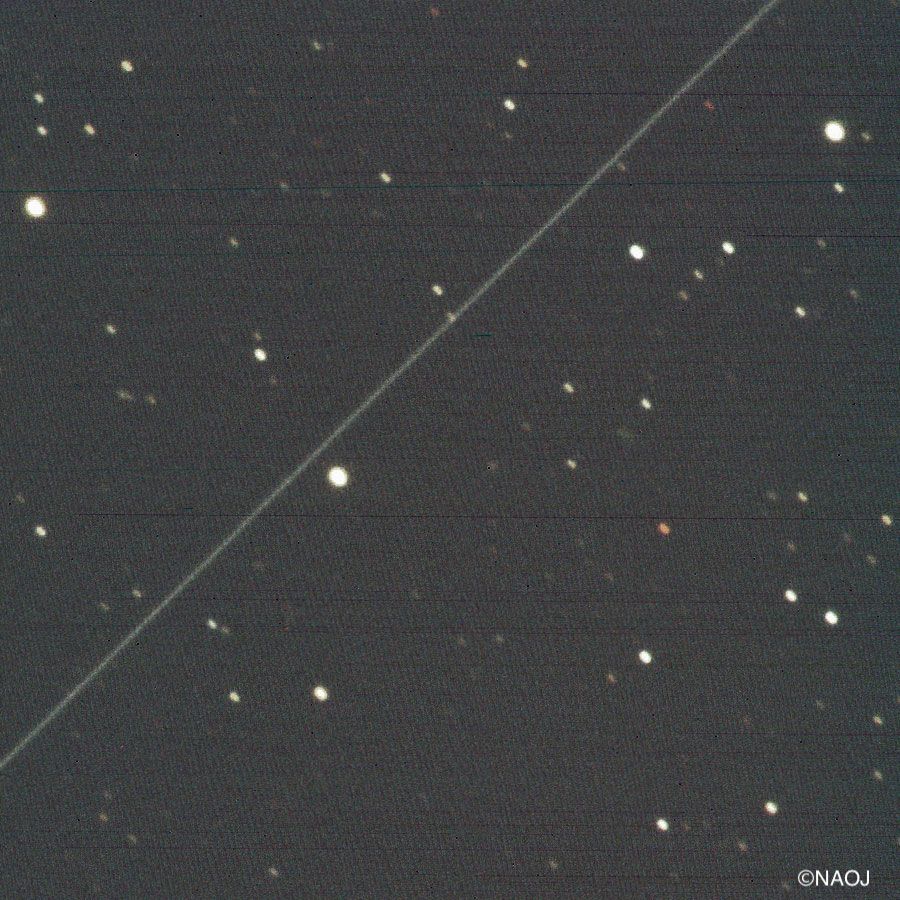
Space-based internet service is poised to revolutionize the internet and bring high-speed connectivity to countless communities worldwide. Programs like SpaceX’s Starlink paint a picture of a bright future for the citizens of the world. Like many revolutionary technological advances, there is a dark side to Starlink.
The constellation of hundreds (and eventually thousands) of satellites reflect light back to the Earth, impinging on the darkness of the skies for professional astronomers and stargazers alike. Astronomers report images and data being disrupted by bright streaks left from the satellites passing through their observational fields of view. One potential solution to this issue is applying a dark coating to the reflective antennae on the satellites’ ground-facing side. In January of 2020, SpaceX launched the experimental DarkSat to test the effectiveness of such a coating. Astronomers around the world observed the new satellite. In December of 2020, a team from the National Astronomical Observatory of Japan (NAOJ) released a paper in The Astrophysical Journal showing detailed measurements of the efficacy of DarkSat.
So what were the results of the study? Is DarkSat an effective solution to the astronomical problem posed by Starlink? As is often the case in such studies, the answer is a little complicated.